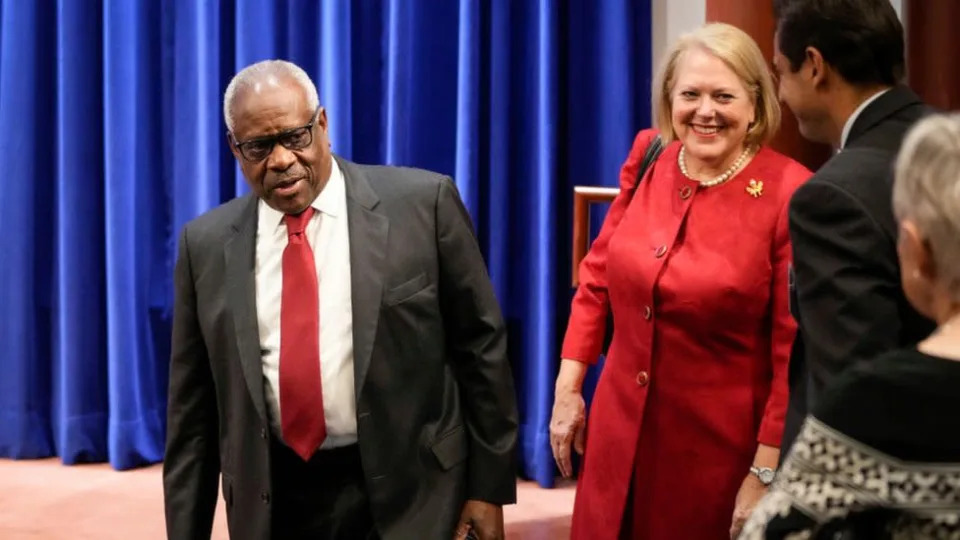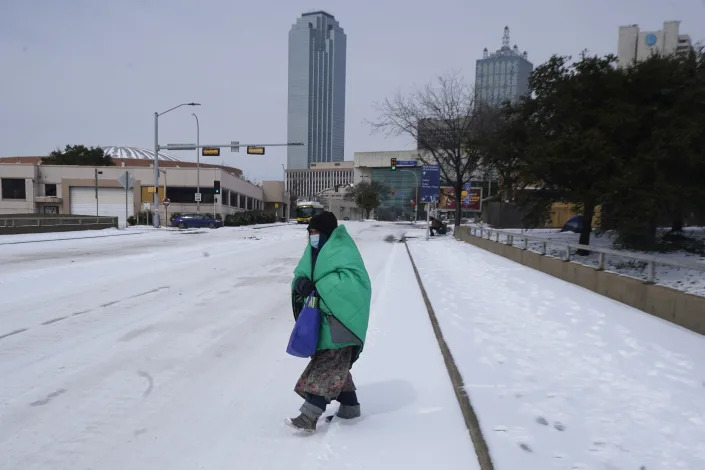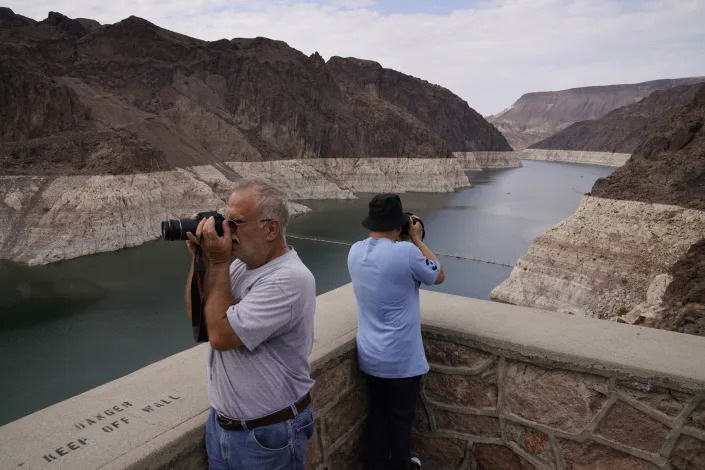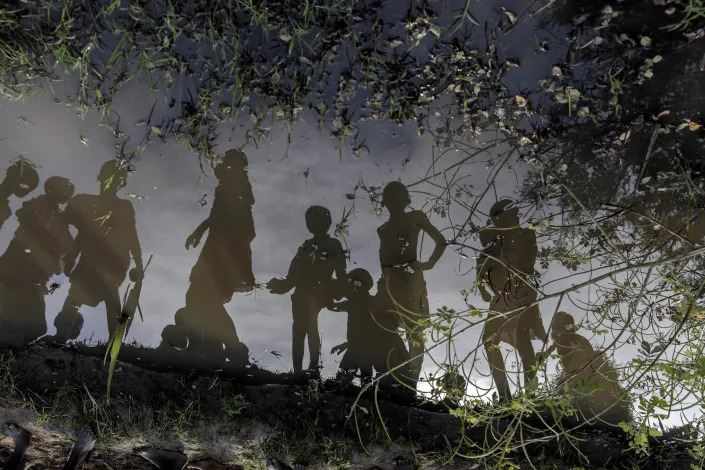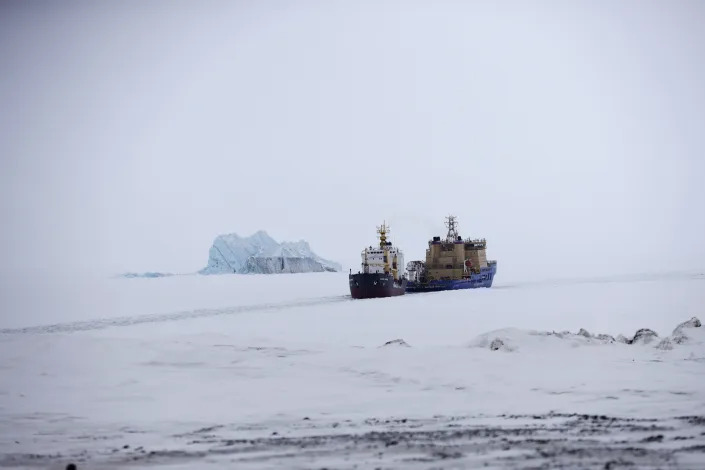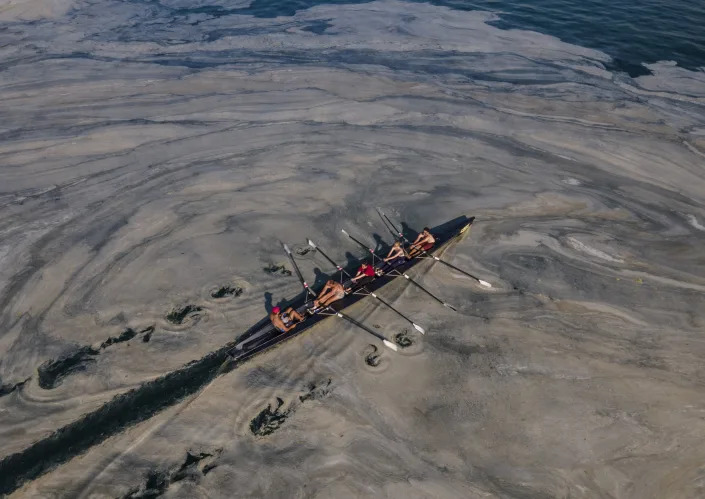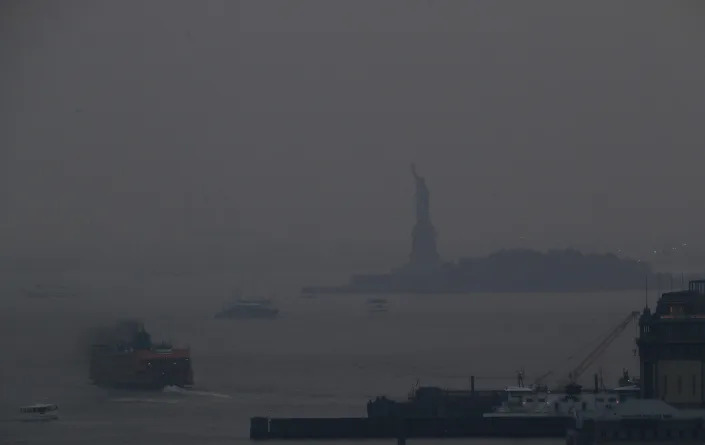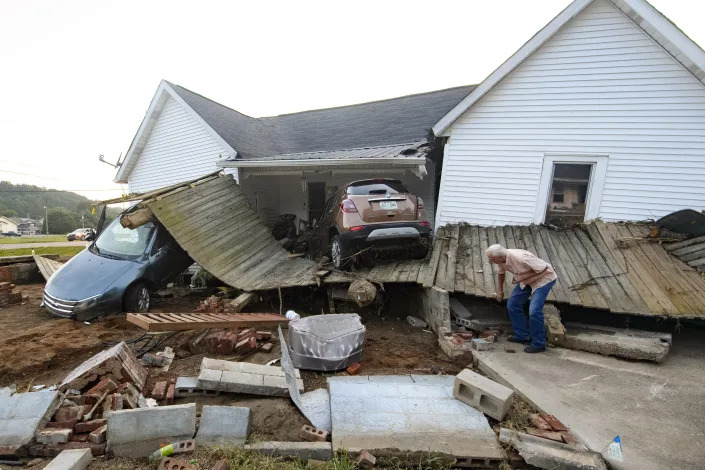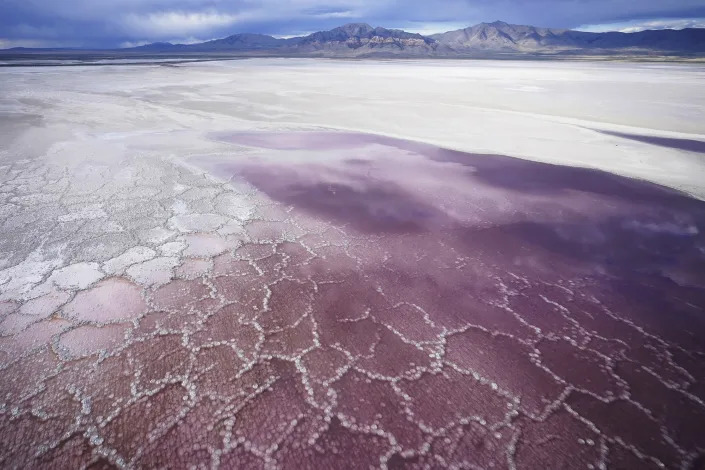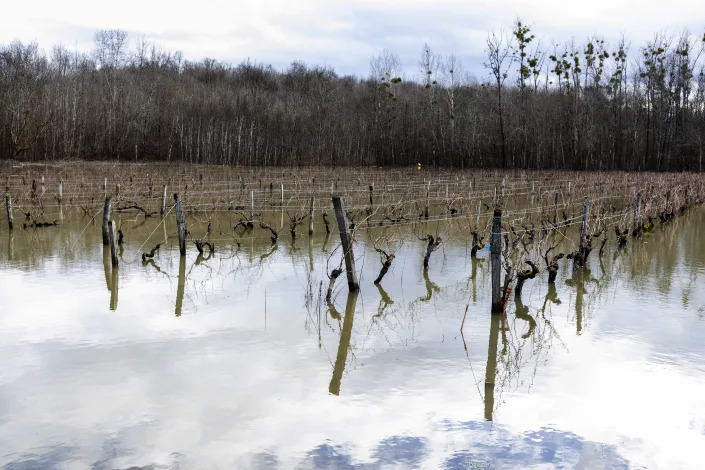Palm Beach Daily News
Why autocrats fail

Joe Biden correctly argues that the struggle between democracy and autocracy is the defining conflict of our time. So which system performs better under stress?
For the last several years the autocracies seemed to have the upper hand. In autocracy, power is centralized. Leaders can respond to challenges quickly, shift resources decisively. China showed that autocracies can produce mass prosperity. Autocracy has made global gains and democracy continues to decline.
In democracies, on the other hand, power is decentralized, often polarized and paralytic. The American political system has become distrusted and dysfunctional. A homegrown would-be autocrat won the White House. Academics have written popular books with titles like “How Democracies Die.”
Yet the past few weeks have been revelatory. It’s become clear that when it comes to the most important functions of government, autocracy has severe weaknesses. This is not an occasion for democratic triumphalism; it’s an occasion for a realistic assessment of authoritarian ineptitude and perhaps instability. What are those weaknesses?
The wisdom of many is better than the wisdom of megalomaniacs. In any system, one essential trait is: How does information flow? In democracies, policymaking is usually done more or less in public and there are thousands of experts offering facts and opinions. Many economists last year said inflation would not be a problem but Larry Summers and others said it would and they turn out to have been right. We still make mistakes but the system learns.
Often in autocracies, decisions are made within a small, closed circle. Information flows are distorted by power. No one tells the top man what he doesn’t want to hear. The Russian intelligence failure about Ukraine has been astounding. Vladimir Putin understood nothing about what the Ukrainian people wanted, how they would fight or how his own army had been ruined by corruption and kleptocrats.
People want their biggest life. Human beings these days want to have full, rich lives and make the most of their potential. The liberal ideal is that people should be left as free as possible to construct their own ideal. Autocracies restrict freedom for the sake of order. So many of the best and brightest are now fleeing Russia. The American ambassador to Japan, Rahm Emanuel, points out that Hong Kong is suffering a devastating brain drain. Bloomberg reports, “The effects of the brain drain in sectors such as education, health care and even finance will likely be felt by residents for years to come.” American institutions now have nearly as many top-tier AI researchers from China as from the United States. Given the chance, talented people will go where fulfillment lies.
Organization man turns into gangster man. People rise through autocracies by ruthlessly serving the organization, the bureaucracy. That ruthlessness makes them aware others may be more ruthless and manipulative, so they become paranoid and despotic. They often personalize power so they are the state, and the state is them. Any dissent is taken as a personal affront. They may practice what scholars call “negative selection.” They don’t hire the smartest and best people. Such people might be threatening. They hire the dimmest and the most mediocre. You get a government of third-raters (witness the leaders of the Russian military).
Ethnonationalism self-inebriates. Everybody worships something. In a liberal democracy, worship of the nation is balanced by the love of liberal ideals. With the demise of communism, authoritarianism lost a major source of universal values. National glory is pursued with intoxicating fundamentalism.
Putin seems to believe Russia is exceptional on front after front and “on the march.” This kind of crackpot nationalism deludes people into pursuing ambitions far beyond their capacity.
Government against the people is a recipe for decline. Democratic leaders, at least in theory, serve their constituents. Autocratic leaders, in practice, serve their own regime and longevity, even if it means neglecting their people. Thomas J. Bollyky, Tara Templin and Simon Wigley illustrate how life expectancy improvements have slowed in countries that have recently transitioned to autocracies. A study of more than 400 dictators across 76 countries by Richard Jong-A-Pin and Jochen O. Mierau found that a one-year increase in a dictator’s age decreases his nation’s economic growth by 0.12 percentage points.
When the Soviet Union fell, we learned that the CIA had overstated the Soviet economy and Soviet military might. It’s just very hard to successfully run a big society through centralized power.
To me, the lesson is that even when we’re confronting so-far successful autocracies like China, we should learn to be patient and trust our liberal democratic system. When we are confronting imperial aggressors like Putin, we should trust the ways we are responding now. If we steadily, patiently and remorselessly ramp up the economic, technological and political pressure, the weaknesses inherent in the regime will grow and grow.
This article originally appeared in The New York Times.

